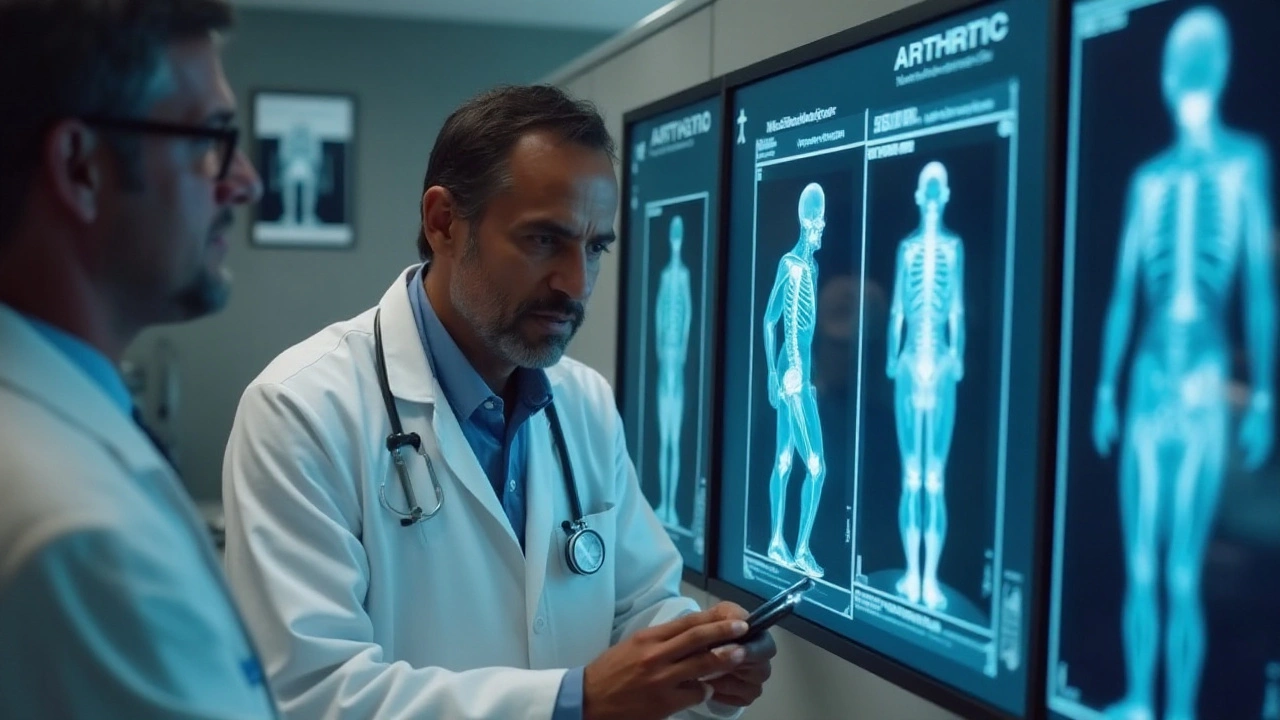MRI: What It Is, How It Works, and What It Reveals
When you hear MRI, a non-invasive medical imaging technique that uses strong magnets and radio waves to create detailed pictures of organs and tissues inside the body. Also known as magnetic resonance imaging, it doesn’t use X-rays or radiation—just powerful magnets and computer processing to show what’s happening beneath your skin. Unlike a CT scan or X-ray, MRI gives doctors a crystal-clear view of soft tissues: your brain, spinal cord, muscles, ligaments, and even nerves. That’s why it’s the go-to test when something isn’t showing up on other scans.
People often get an MRI when they have unexplained pain, numbness, or weakness—like a pinched nerve in the neck or a possible brain tumor. It’s also used to check for strokes, multiple sclerosis, torn ligaments, and even early signs of joint damage. The machine looks like a long tube, and you lie still inside it while it makes loud knocking sounds. No surgery. No cuts. Just quiet time and a lot of noise. brain MRI, a specific type of MRI focused on the brain and surrounding structures is one of the most common, helping catch issues before they become serious. spinal MRI, a detailed scan of the spine to detect herniated discs, spinal stenosis, or nerve compression helps explain chronic back pain that doesn’t improve with rest or physical therapy.
What you won’t find in an MRI report is a quick fix. It’s not a magic tool that tells you what to do—it shows you what’s there. Then your doctor connects the dots with your symptoms, history, and other tests. That’s why you’ll see posts here about conditions like cancer, nerve damage, and recovery after surgery—because MRI often plays a behind-the-scenes role in diagnosing them. You won’t find a post titled "How to Get an MRI," but you will find real stories about what happens after the scan: how results change treatment, how people manage chronic conditions, and why early detection matters.
There’s no single answer to what MRI can reveal—it depends on your body, your symptoms, and your doctor’s questions. But one thing’s clear: if you’re dealing with unexplained pain, fatigue, or neurological changes, an MRI might be the key to understanding what’s really going on. Below, you’ll find posts that touch on related health topics—from cancer treatments to nerve health—where MRI often plays a critical role in diagnosis and care.
